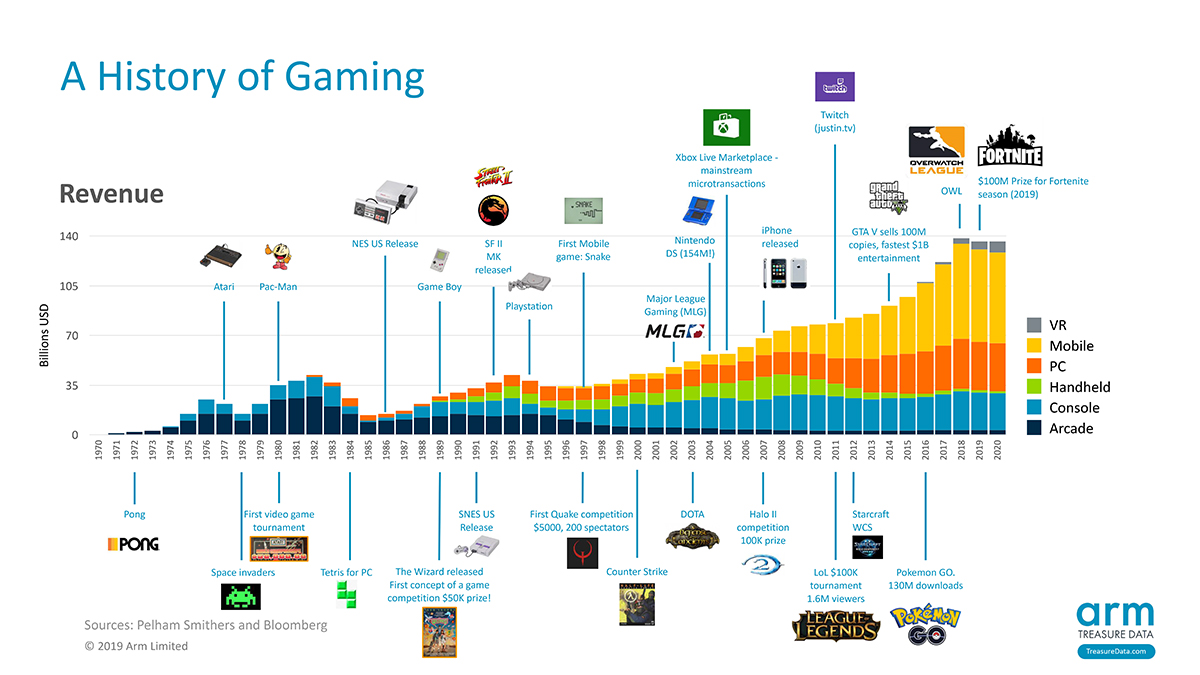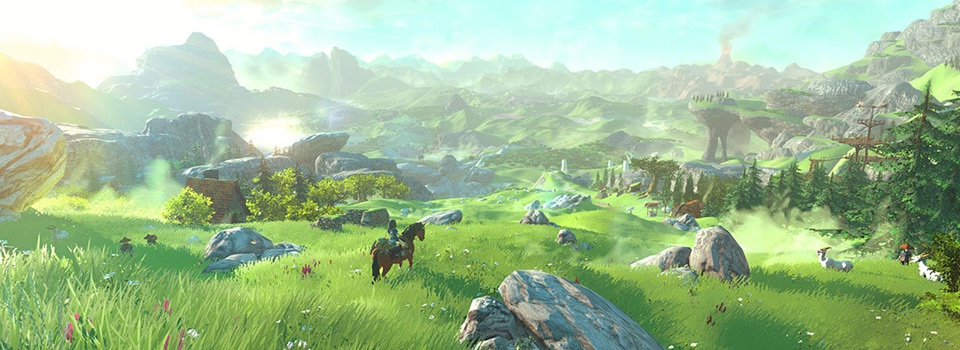The Evolving Landscape of Online Gaming in 2025: A Free-to-Play Revolution
Related Articles: The Evolving Landscape of Online Gaming in 2025: A Free-to-Play Revolution
Introduction
In this auspicious occasion, we are delighted to delve into the intriguing topic related to The Evolving Landscape of Online Gaming in 2025: A Free-to-Play Revolution. Let’s weave interesting information and offer fresh perspectives to the readers.
Table of Content
The Evolving Landscape of Online Gaming in 2025: A Free-to-Play Revolution

The year 2025 promises a significantly transformed landscape for online gaming, particularly in the realm of free-to-play experiences. The confluence of technological advancements, evolving consumer preferences, and innovative business models is poised to redefine how individuals engage with digital entertainment. This exploration delves into the key aspects shaping this evolution, highlighting the potential benefits and challenges associated with free-to-play gaming in 2025.
Technological Advancements Fueling the Free-to-Play Revolution:
Several technological advancements are paving the way for a more accessible and engaging free-to-play gaming experience in 2025.
- Cloud Gaming: Cloud gaming platforms are rapidly gaining traction, allowing players to access high-quality gaming experiences on various devices, including laptops, without the need for powerful hardware. This eliminates barriers to entry, making free-to-play games accessible to a broader audience.
- Advanced Graphics and Immersive Experiences: The continuous evolution of graphics processing units (GPUs) and game engines will deliver increasingly realistic and immersive gameplay experiences. Free-to-play games will leverage these advancements to offer visually stunning graphics and engaging gameplay mechanics, attracting players who may have previously opted for paid games.
- Artificial Intelligence (AI) Integration: AI is revolutionizing game development, enabling developers to create more dynamic and engaging gameplay experiences. AI-powered game elements, such as non-player characters (NPCs) with advanced behaviors and adaptive difficulty levels, enhance the overall gameplay experience for free-to-play games.
Evolving Consumer Preferences: Embracing Free-to-Play:
Consumer preferences are shifting towards free-to-play models, driven by factors such as:
- Accessibility and Affordability: Free-to-play games offer a barrier-free entry point, allowing players to experience the game without upfront costs. This is particularly appealing to budget-conscious gamers and individuals who are hesitant to invest in expensive games.
- Microtransactions and Customization: Free-to-play games monetize through microtransactions, enabling players to purchase cosmetic items, in-game currency, or other enhancements. This provides a sense of control and customization, allowing players to personalize their gaming experience.
- Social and Competitive Aspects: Many free-to-play games emphasize social and competitive aspects, fostering a sense of community and encouraging interaction among players. This creates a compelling experience that keeps players engaged for extended periods.
Business Models: Adapting to the Free-to-Play Paradigm:
The free-to-play model has spurred innovative business models that prioritize player engagement and long-term value.
- Freemium Model: This popular model offers core gameplay for free while providing optional paid content, such as cosmetic items, in-game currency, or premium features. This approach balances accessibility with revenue generation.
- Subscription-Based Model: Some free-to-play games offer subscription-based models, providing access to exclusive content, perks, or premium features. This incentivizes players to invest in a recurring subscription for enhanced gameplay experiences.
- In-Game Advertising: Free-to-play games often incorporate non-intrusive advertising, which generates revenue while providing players with a free gaming experience. This model strikes a balance between monetization and user experience.
Benefits of Online Games in 2025:
The rise of free-to-play games presents numerous benefits for both players and the gaming industry:
- Increased Accessibility: Free-to-play games eliminate financial barriers, making gaming accessible to a wider demographic, including individuals with limited budgets or those who prefer to try before committing to a purchase.
- Enhanced Competition and Innovation: The competitive nature of the free-to-play market encourages developers to constantly innovate and improve their games to attract and retain players. This results in a higher quality of gaming experiences for consumers.
- Community Building and Social Interaction: Many free-to-play games foster strong communities, providing platforms for players to connect, socialize, and compete. This fosters a sense of belonging and enhances the overall gaming experience.
- Economic Impact: The free-to-play market has a significant economic impact, generating revenue through microtransactions and advertising. This supports the development of new games and sustains the gaming industry’s growth.
Challenges Associated with Free-to-Play Games:
While free-to-play games offer numerous benefits, they also present certain challenges:
- Monetization Strategies: The reliance on microtransactions and advertising can lead to concerns about predatory monetization practices, such as pay-to-win mechanics or aggressive advertising. Developers must strike a balance between monetization and player satisfaction.
- Addiction and Excessive Spending: Some individuals may become addicted to free-to-play games and engage in excessive spending on microtransactions. This requires responsible gaming practices and awareness of potential risks.
- Quality Concerns: The focus on monetization can sometimes lead to compromises in game quality, with developers prioritizing revenue generation over gameplay experience.
- Security and Privacy: Free-to-play games may collect personal data for advertising purposes, raising concerns about privacy and security.
FAQs: Exploring the Free-to-Play Landscape:
- What are the most popular free-to-play games in 2025?
The free-to-play landscape is constantly evolving, with new titles emerging regularly. However, popular genres include battle royale games, massively multiplayer online role-playing games (MMORPGs), and mobile games.
- How do free-to-play games generate revenue?
Free-to-play games primarily generate revenue through microtransactions, where players can purchase cosmetic items, in-game currency, or premium features. Some games also incorporate non-intrusive advertising.
- Are free-to-play games truly free?
While free-to-play games offer a free initial experience, they typically monetize through microtransactions or advertising. Players can choose to play for free and experience the core gameplay, or opt to spend money for additional content or features.
- Are free-to-play games fair?
The fairness of free-to-play games is a contentious issue. Some games implement pay-to-win mechanics, where players with higher spending power can gain an advantage. However, many free-to-play games strive for a fair and balanced gameplay experience, relying on skill and strategy rather than financial investment.
Tips for Enjoying Free-to-Play Games:
- Set a Budget: Establish a spending limit and stick to it to avoid excessive spending on microtransactions.
- Research Games Before Playing: Read reviews and watch gameplay videos to determine if a game aligns with your preferences and avoid games with predatory monetization practices.
- Focus on Core Gameplay: Enjoy the core gameplay experience without feeling pressured to purchase additional content.
- Engage with the Community: Connect with other players, participate in forums, and build a social experience around the game.
- Be Aware of Potential Risks: Be mindful of the potential for addiction and excessive spending, and practice responsible gaming habits.
Conclusion: Embracing the Future of Online Gaming:
The free-to-play model is poised to become an increasingly dominant force in online gaming, offering a wide range of benefits for both players and the industry. By embracing technological advancements, adapting to evolving consumer preferences, and navigating the challenges associated with this model, the free-to-play landscape is set to deliver a vibrant and engaging future of digital entertainment. As the gaming industry continues to evolve, it is crucial to foster responsible gaming practices, promote fair and balanced gameplay experiences, and prioritize the well-being of players within this rapidly growing and dynamic ecosystem.








Closure
Thus, we hope this article has provided valuable insights into The Evolving Landscape of Online Gaming in 2025: A Free-to-Play Revolution. We hope you find this article informative and beneficial. See you in our next article!